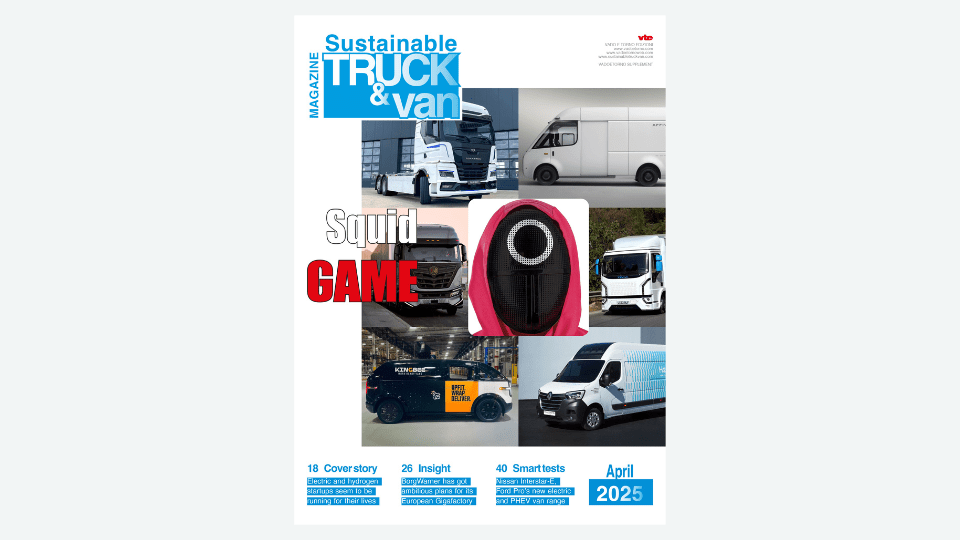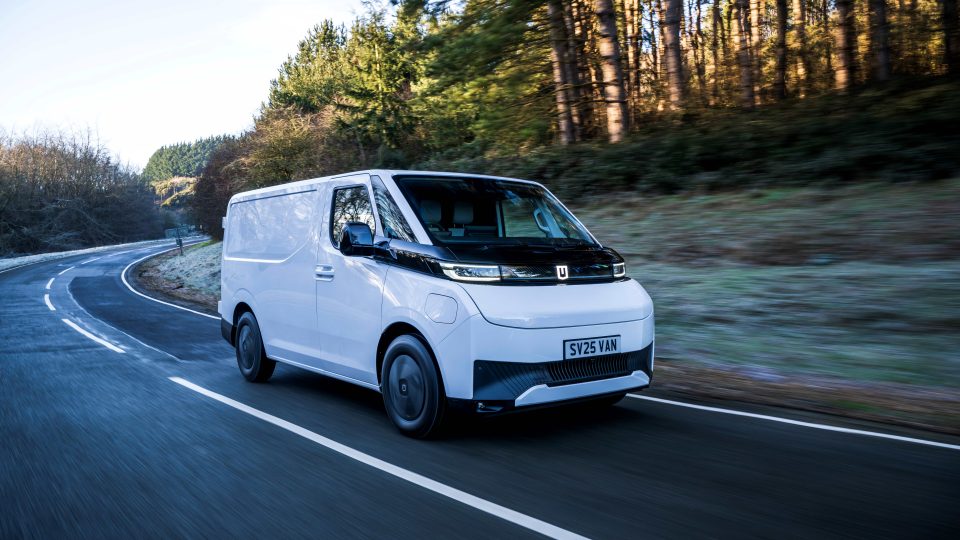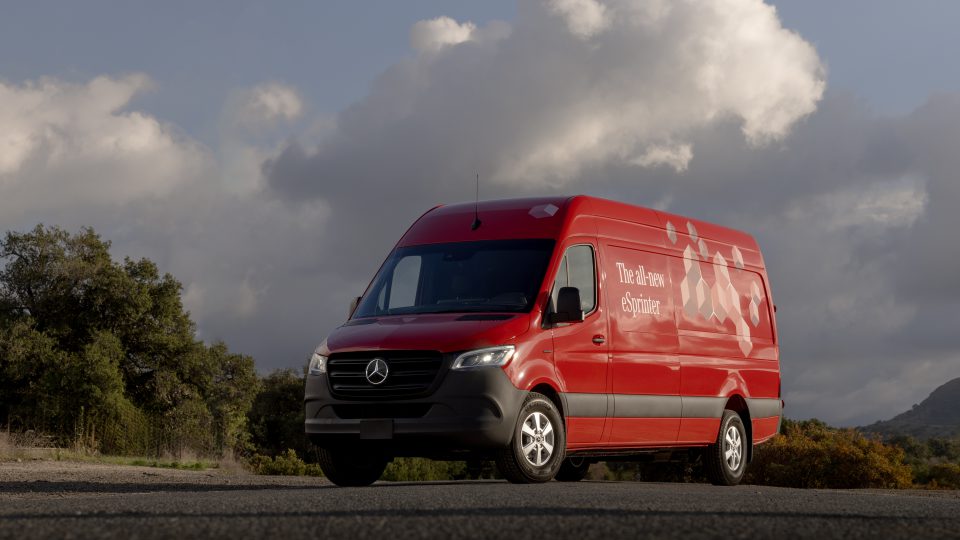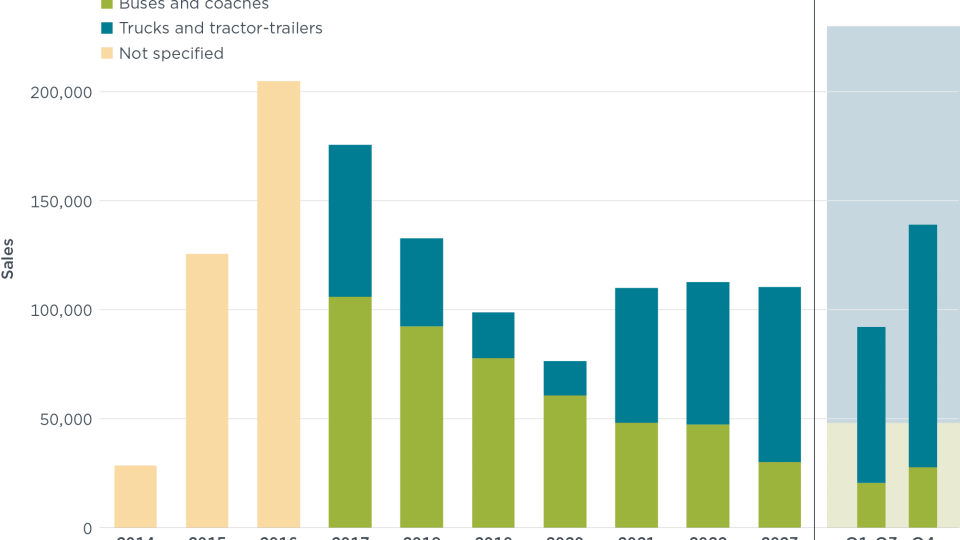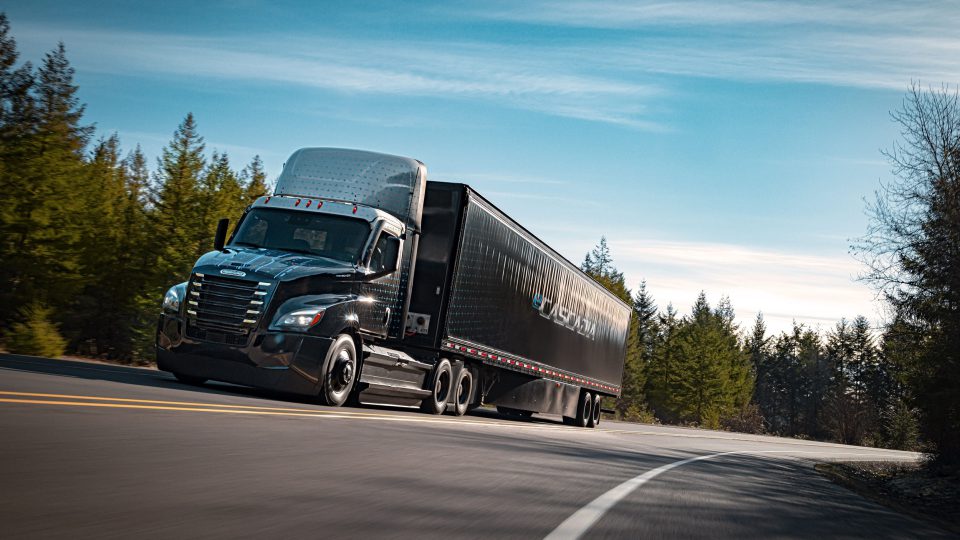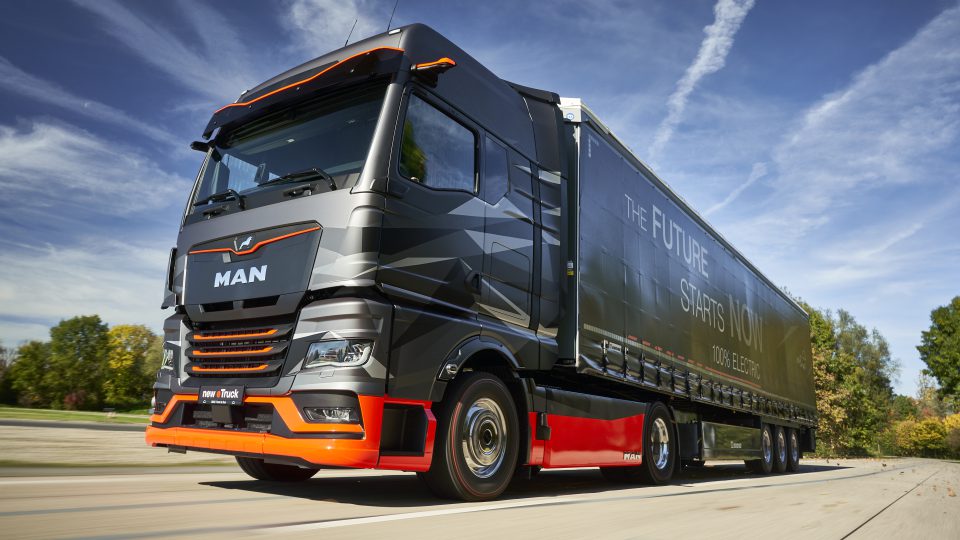CALSTART: more than 25,000 ZE trucks were deployed in 2023 in the U.S. (+546% on 2022)
Since the last report, issued in January, this year, over 12,000 ZE trucks have been deployed in the country. According to CALSTART, the U.S. ZET market is positioned for continued expansion driven by favorable regulations, increased adoption across vehicle types, and a broader geographic distribution, signaling a promising future for ZE freight transportation in the United States.
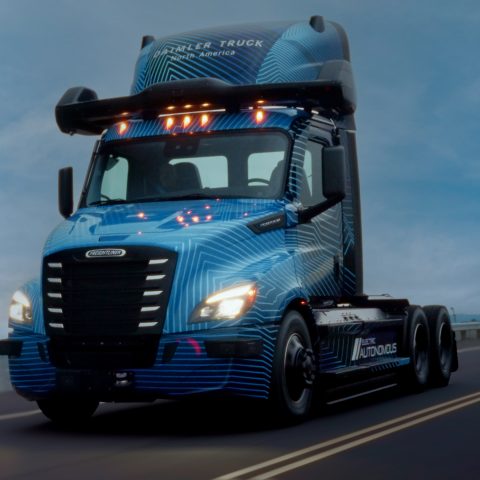
CALSTART has just released their latest Zeroing-in on Zero-Emission Trucks, the periodic report showing the trends of sustainable trucks in the U.S. According to the report itself, over 25,000 ZE trucks were deployed in 2023 in the U.S. (+546% on 2022). Since the last report, issued in January, this year, over 12,000 ZE trucks have been deployed in the country. Here’s the full report released by CALSTART.
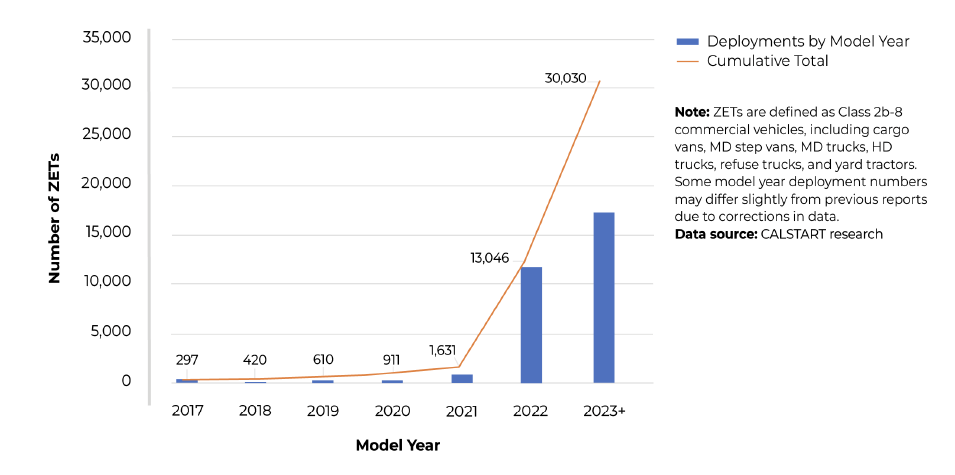
Now, the overall number of zero-emission trucks circulating in the United States is higher than 30,000. More into details, cargo vans remain the leading segment, with about 86% of the overall registrations. Fuel cell trucks have seen an increase in deployment, with 44 vehicles running in the country so far. Moreover, of the cumulative U.S. ZE truck deployments (for which deployment locations are known), 37% were in states that, as of December 2023, have adopted the Advanced Clean Trucks (ACT) rule, despite those same states representing only 27% of all truck stock. Also, 11% of ZE truck deployments were in states that have signed the Multi-State Medium- and Heavy-Duty Zero Emission Vehicle Memorandum of Understanding (MOU), and 53% were in non-MOU states.
ZE trucks in the U.S., the new CALSTART report
According to CALSTART, the U.S. ZET market experienced 546% year-over-year growth in 2023, a significant bump from its 283% growth in 2022. ZET deployments are no longer dominated by California, with a wide disbursement occurring throughout the country. Cargo vans and HD trucks have seen the greatest increase in ZET deployments, and those trends are expected to continue. Cargo vans specifically should continue to see a rapid growth rate, as the vehicle segment has limited market barriers to adoption.
Four additional states have adopted the ACT rule over the past year, and five new state-level MHD incentive programs are slated to start in 2024 along with many more legacy incentive programs. The U.S. ZET market is positioned for continued expansion driven by favorable regulations, increased adoption across vehicle types, and a broader geographic distribution, signaling a promising future for ZE freight transportation in the United States.



